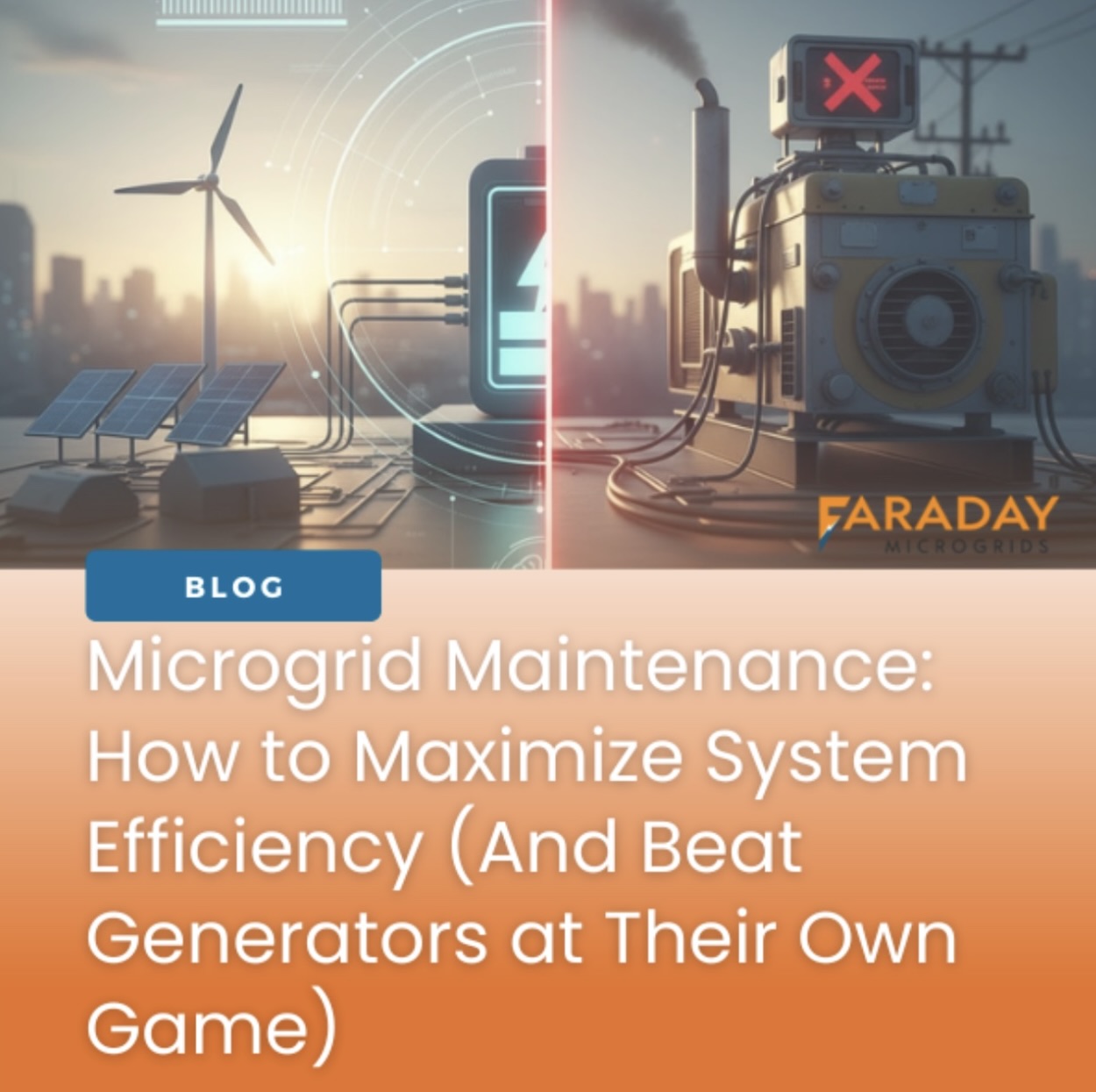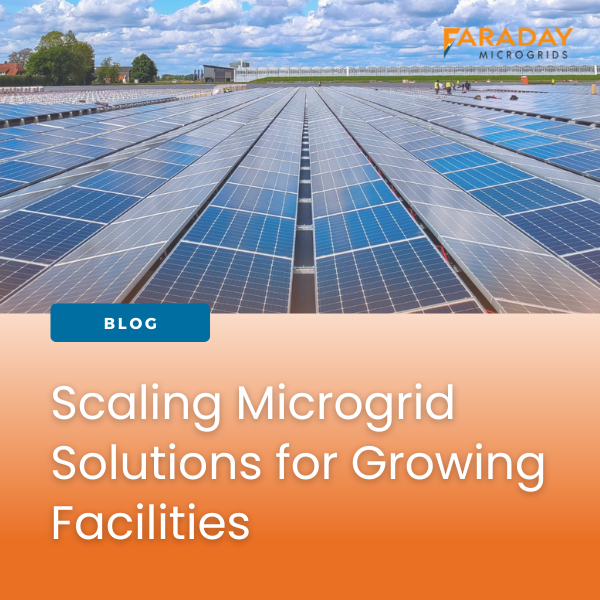On January 1, 2023, the state of California passed AB2511 requiring all skilled nursing facilities (SNFs) to provide a minimum of 96 hours of backup/alternate source power to sustain life-saving equipment and operations that are vital to patient health and safety during prolonged utility outages. Examples provided by the California agency with oversight for these matters, Healthcare Access and Information (HCAI) include medication dispensing units, IV and feeding pumps, HVAC, ventilators, AEDs, crash carts with defibrillators, nebulizer machines, suction equipment, and medication dispensing units.
While the law allows for this backup power to be achieved with diesel generators paired with onsite or delivered fuel, alternative solutions such as microgrids have also been recognized as viable approaches. Options like microgrids are potentially far more cost-effective and can make SNFs more cost-effective, green, resilient, and sustainable.
Concerns for SNF backup power implementation
David Bliss, CEO of Faraday Microgrids with John Griffiths, electrical engineer and CEO of Context CA have been involved in several of the significant breakthrough healthcare microgrids. Together they have been sharing their experience of sustainable solutions with skilled nursing facility owners and directors.
For the facilities that will need to deliver the 96 hours of backup power by the beginning of 2024, the main concerns are supply chain delays, space and infrastructure constraints, and the significant deployment costs.
Griffiths sees AB2511 as a recognition that there will be more frequent and prolonged utility grid outages, and with that, patient care will be at risk without alternate power sources. Today, we are dealing with the challenges from major utility asset decommissioning, increasing power needs as weather becomes increasingly extreme, natural and Human-caused damage to utility systems, and public safety shutoffs. The most recent ten years have shown unprecedented shutdowns of major healthcare facilities and even patient deaths due to flood, fire, and heat/cold emergencies. New approaches are needed to weather these ongoing threats.
What are the backup power solutions?
Currently, there are 3 backup power solutions:
- Add to the backup system of the existing facility. Assuming your facility’s existing generator has adequate capacity for loads that are considered essential and are transferable to the existing emergency panel, all that is needed is 96 hours of fuel, either onsite or available through a delivery contract.
- Create a new standby system to backup your pre-existing systems. Addition of a new generator and fuel resource, new HVAC panel, new transfer switch, and revised routing of electrical loads can satisfy the requirements. Presumably, such systems would supplement the capacity of existing diesel generators and both would have to meet the 96 hour service requirement. In addition, the supplementary system will need to meet HCAI seismic compliance requirements, and systems would have to be available soon. Unfortunately, lead times for generators and related equipment are currently very long.
- Microgrids as a sophisticated aggregation of several resources. A combination of a single (or multiple) source of energy generation with energy storage and an advanced controller, with either adequate onsite capacity or supplementation by other means addresses the new requirements. Typically this is deployed for a single nursing facility, but the microgrid can be tailored for multiple buildings or even a campus.
Diesel generators vs. microgrids in assets
Unfortunately diesels are a stranded asset; you purchase it, it sits there, it does virtually nothing to help you financially, but serves an important safety function. In contrast, photovoltaics, fuel cells, batteries, etc., reduce your utility energy and demand costs in a way that diesel cannot do.
Medical facilities are paying upwards of 40% or more for demand fees that are readily slashed by a microgrid. Add to that, the Inflation Reduction Act has increased the tax credits up to, in some cases, 50%…to 70% of the cost of the system.
Summary
In every crisis is an opportunity — in this case, opportunity to meet the requirements of the new law, improve your facility’s resiliency, raise your property value, meet your sustainability goals, and significantly reduce your operating costs.
Is this the right opportunity for your SNF? Contact Faraday to take the first step and have us conduct an onsite power facility analysis.






